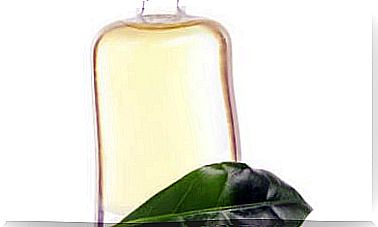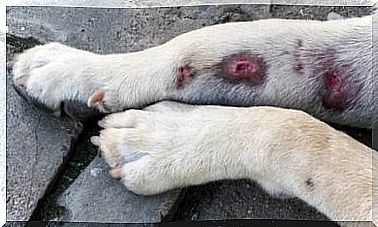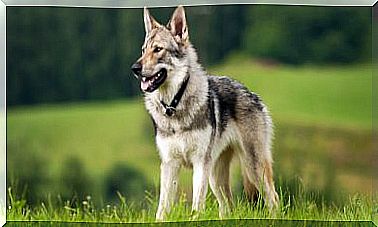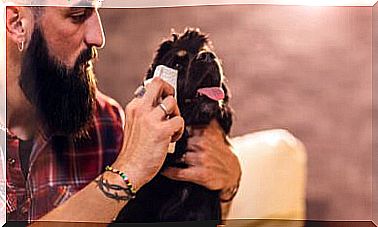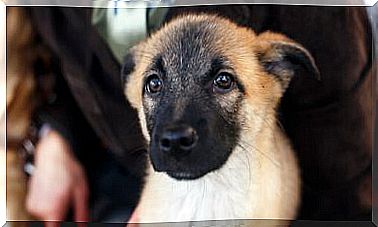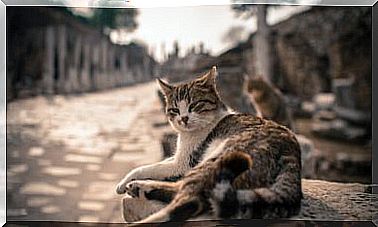Are There Different Breeds Of Goldfish?
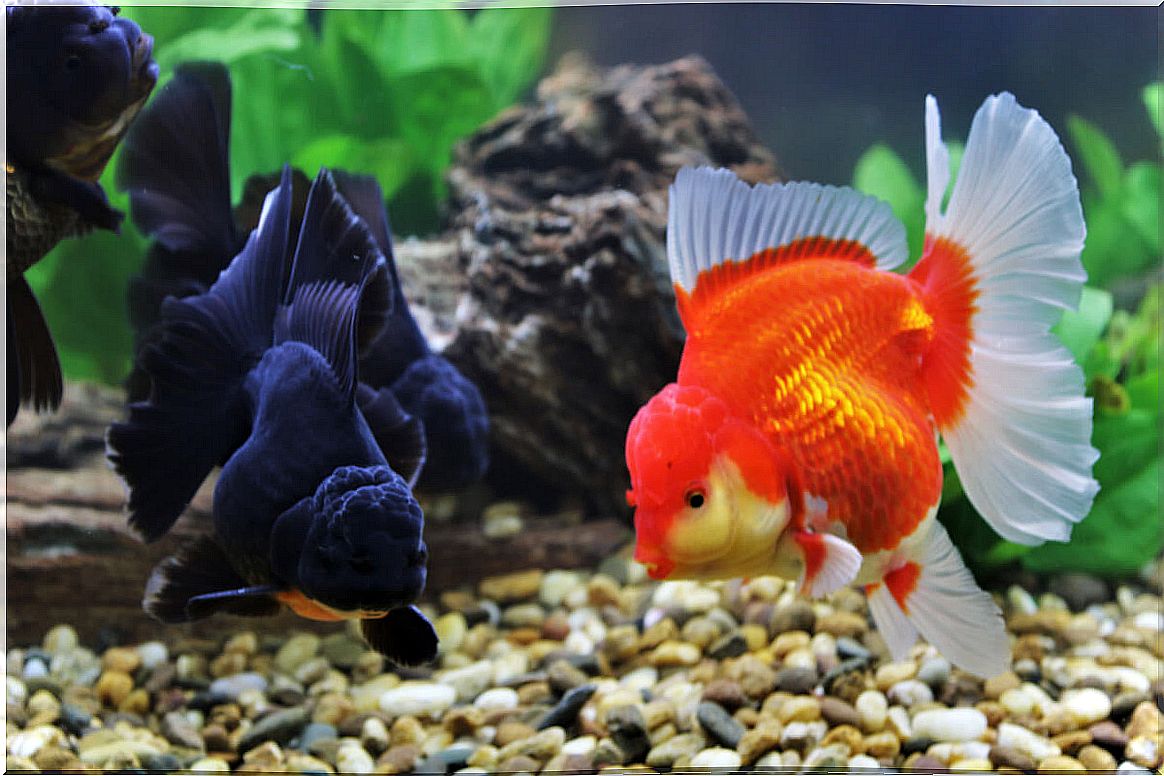
The goldfish or goldfish ( Carassius auratus ) is an ornamental fish known for its striking divided tail fin. This variety dates from the 15th / 16th centuries in China.
Originally this species was silver or gray in color, but at some point during the Jin Dynasty natural mutant subjects appeared with a yellowish orange color. From then on, it became common practice to breed this pretty goldfish for ornamental garden ponds.
In recent years, the art of breeding and keeping fish in the aquarium is a popular entertainment. In fact, it is a passion among millions of people around the world.
The goldfish is the oldest and most popular aquarium fish in the world
Among the ornamental fish, the goldfish is the most popular pet fish due to its many variations. Thus, the variants are appreciated for the color, the fins, the tail, the shape and the size and structure of the body. In general this fish grows up to 20-30 centimeters.
Another advantage of this fish is its resistance to temperature variations. Thus, it can live in warm waters in the tropics and even in cold waters, in which the surface freezes during winter.
Undoubtedly, due to strong economic interest, this species has been intensively subjected to selective breeding and hybridization. For this reason, there are numerous varieties with different colors, varied fin patterns and incredible shapes.
Among the long list of variants are: Calico, Fantail, Oranda, Ryukin, Lionhead, Pearl scale, Bubble eye and Telescope , among many others.
Is it valid to consider the variants of the golden carp as races?
Despite the great morphological variability achieved by selective breeding, all the variants make up a monophyletic lineage, the same species. This fact was recently established in a study that analyzed the sequence of the mitochondrial cytochrome b gene.
Thus, no matter how great the morphological rearrangement of the goldfish variants, they genetically have the same lineage. However, in the world of selective breeding of domestic animals, as in the case of dogs, it is common to call the variants races.
Without a doubt, the breeders managed to reinforce very important distinctive features, such as the shape of the spine, the absence or duplication of the fins or the shape of the eye.
Ryukin, the oldest variety
It is possible that the Ryukins were the first hatchlings with a “veil tail.” This breed was developed in Okinawa (Ryukyu Archipelago), from where they imported goldfish from China in 1682. There, the goldfish received the name Ryukin as a short form of Ryukyo kingyo ( Ryukyu goldfish ).
Also, another name it receives in Japan is Onaga (long tail). It has a round ovoid body and the fins are of medium length and rounded tips. Approved coloration is bright metallic colors and red, sarasa or calico color combinations.
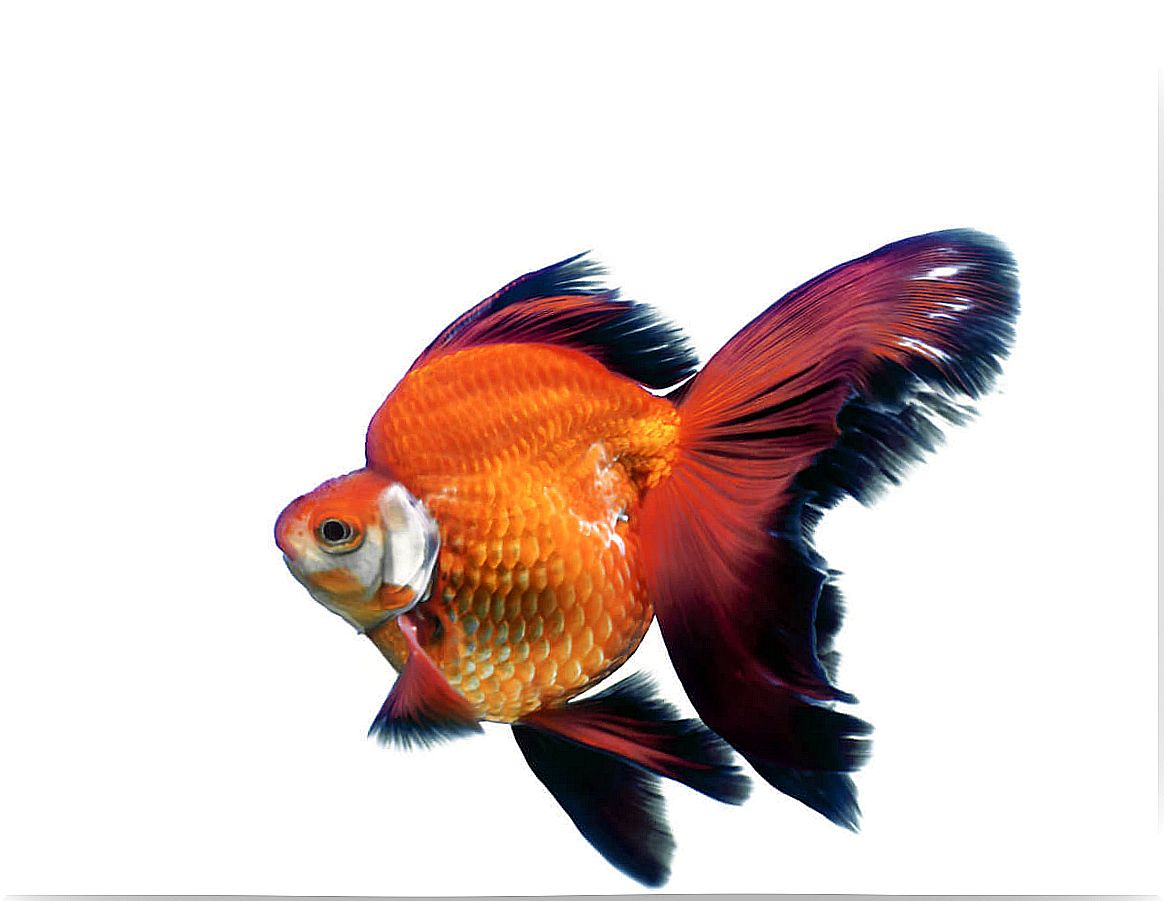
Dragon eyes or telescopic eyes
In this variety, the eyes are greatly enlarged and stick out from the side. It is interesting to know that these bulging telescopic eyes are due to retinal degeneration as a result of increased thyroid hormone production.
The shape of the eyes is variable: they can be round, thickened, cylindrical or conical. Its absolute symmetry is important in your assessment.
Importantly, the prominent eyes of this goldfish variant are easily injured on sharp-edged equipment and in the safety net. Therefore, they need attention and avoid cornerstones, decorative objects and string algae in the aquarium.
These variants, quite often, lose their voluminous eyes, as they also have very poor vision. The question of whether the eyes themselves are painful is a subject that continues to be debated.
This variant has an oval body and long fins with rounded tips. The general variability is quite high. The colors of these fish can be red, orange, white, black, sarasa and calicos.
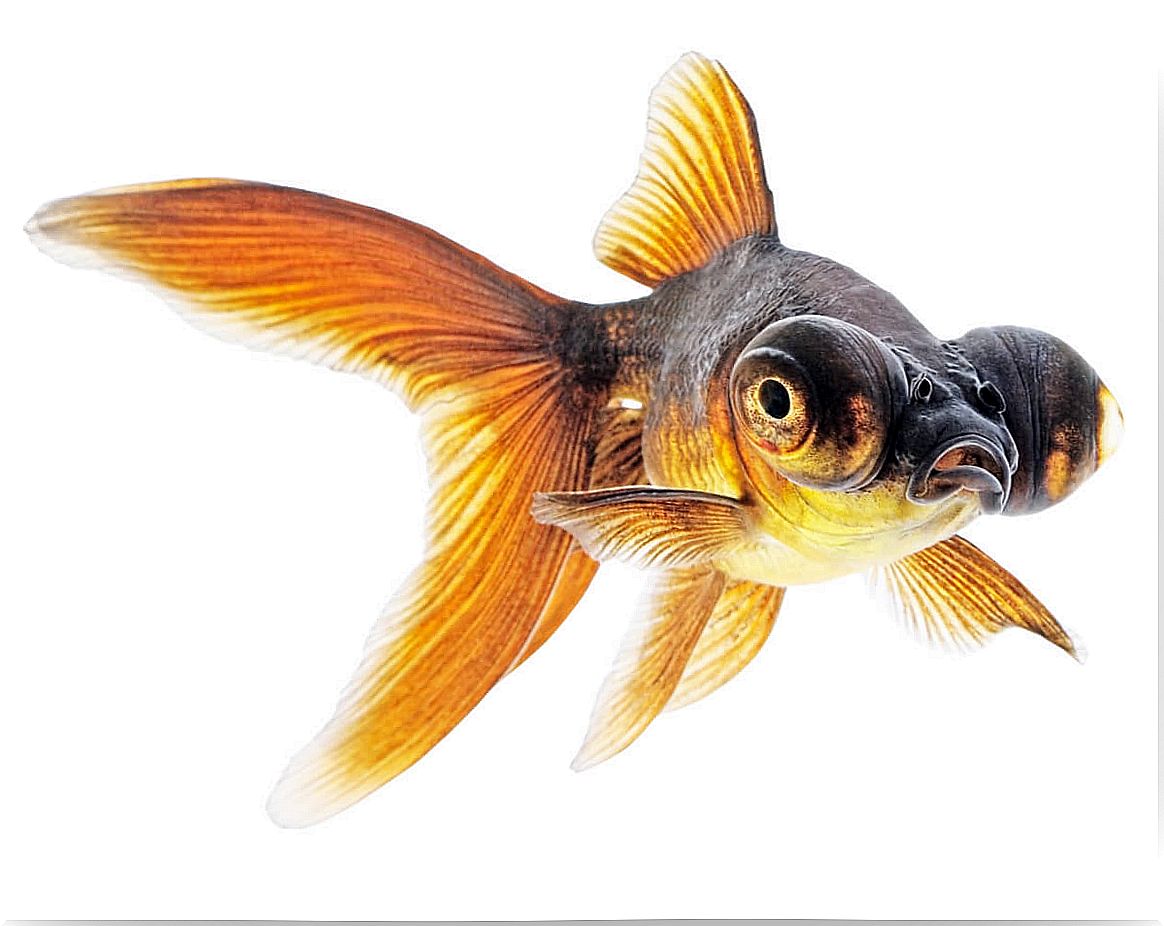
The golden carp variants with regrowths on the head
Already centuries ago, variants were selected that presented a type referred to by breeders as “hooded”. In these varieties, there is an abnormal growth of the skin around the head: the “hood.”
Although the nature of the abnormal tissue in the head is not known, the regrowth may be several millimeters thick and depending on its position it may protrude around the eyes, restricting the field of vision.
To make matters worse, the excess tissue on the heads of these fish is prone to trauma or infection, so it is likely to cause pain.
When hood fabric impairs vision, it may interfere with eating, social interactions, and navigating the environment.
If the growths obstruct the gills, this can compromise breathing capacity. Breeds with these types of regrowths include the lion’s head, the Ranchu , the buffalo’s head, and the Oranda (or Dutch lion’s head).
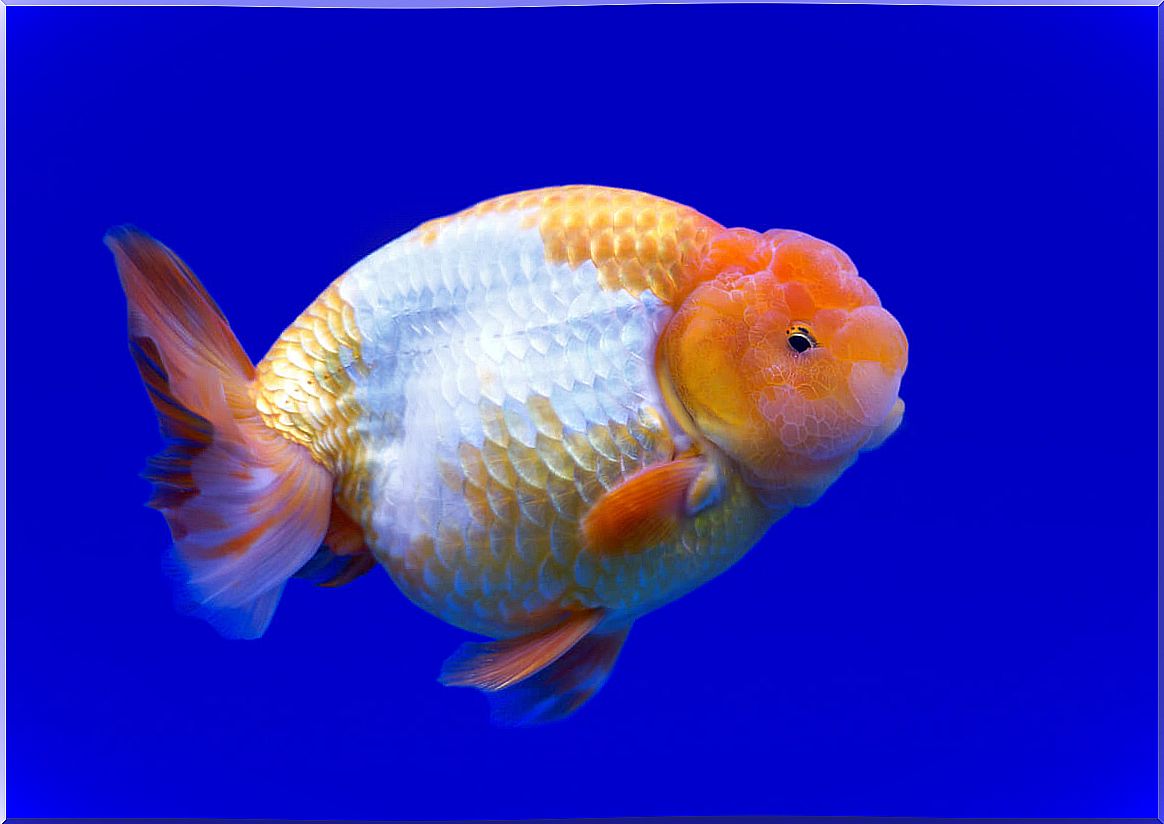
In general, traits that hinder animal welfare should be discouraged. Unfortunately, misinformation from pet buyers and the large market for these ornamental fish weighs against them.
From a welfare point of view, it seems that it would be preferable to select a variety with less exotic traits, in order to promote greater physical integrity of the animal.

